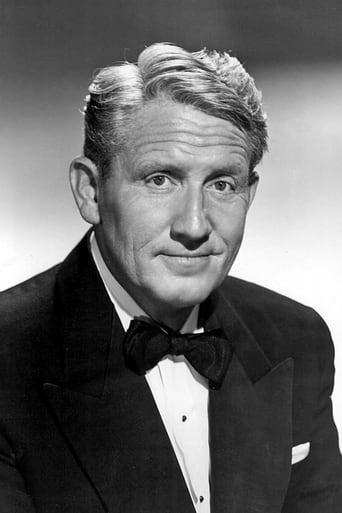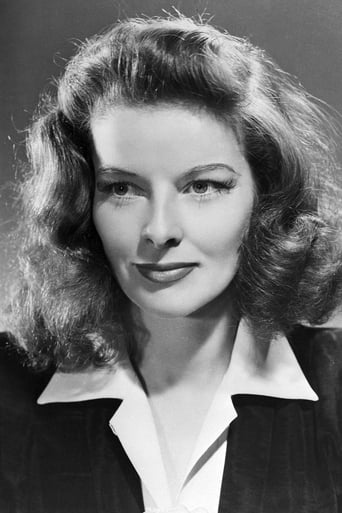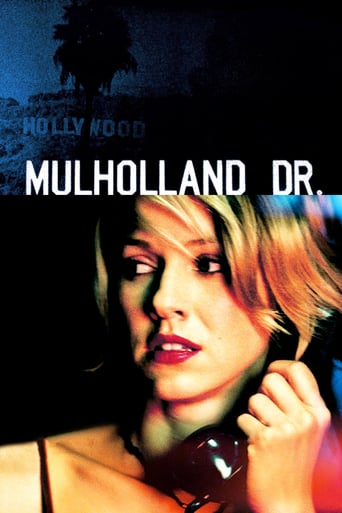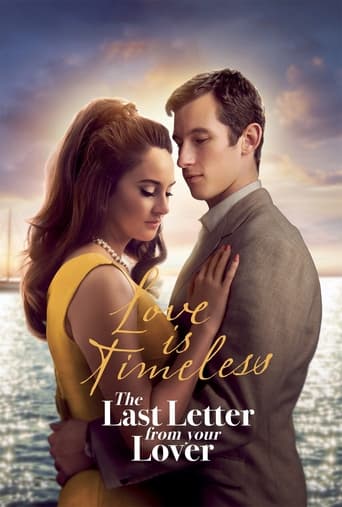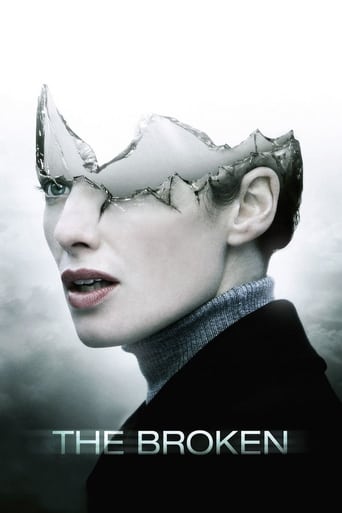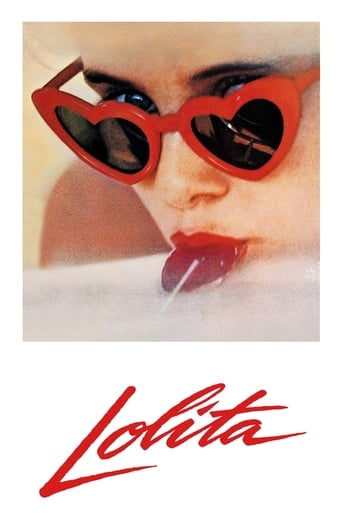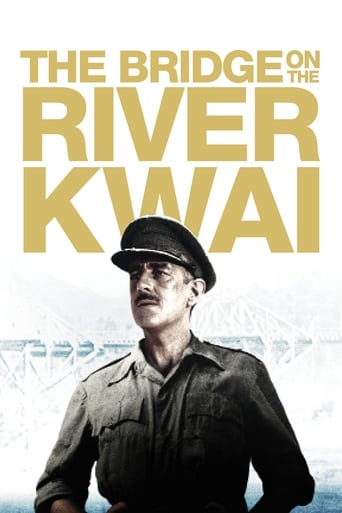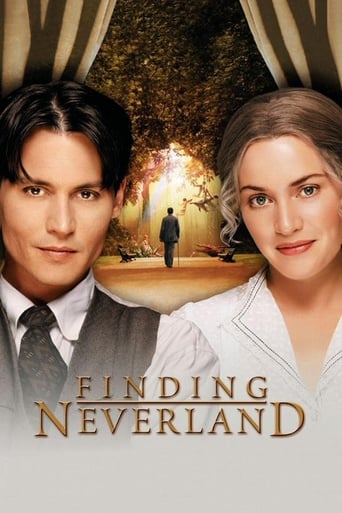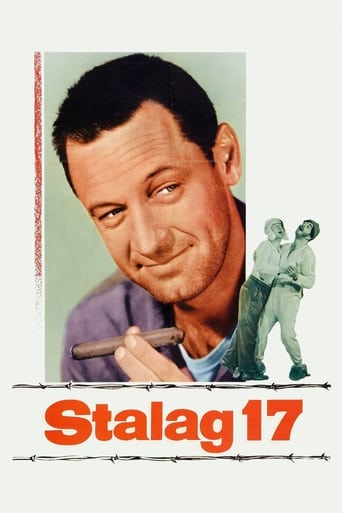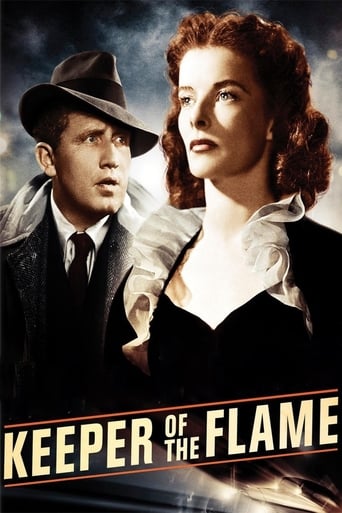
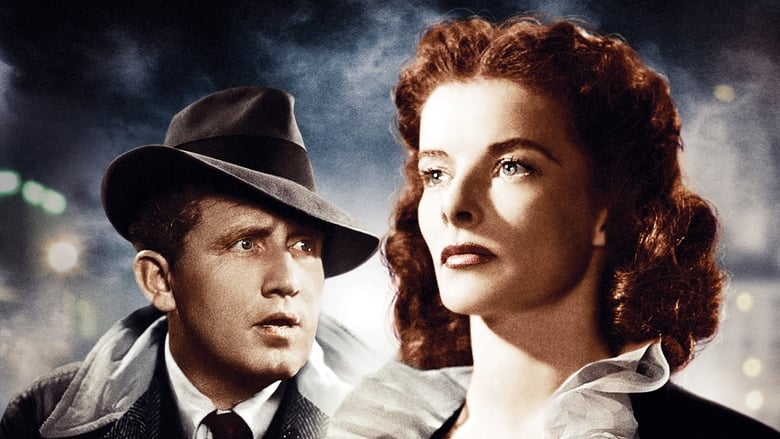
Keeper of the Flame (1943)
Famed reporter Stephen O'Malley travels to a small town to investigate the death of a national hero.
Watch Trailer
Cast
Similar titles

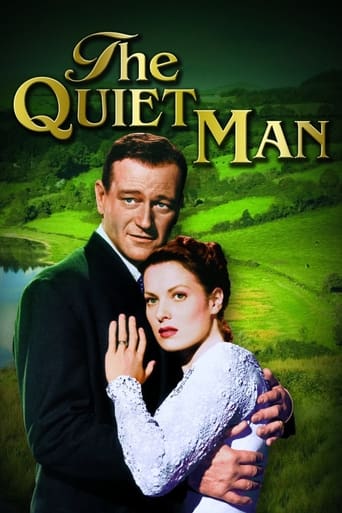
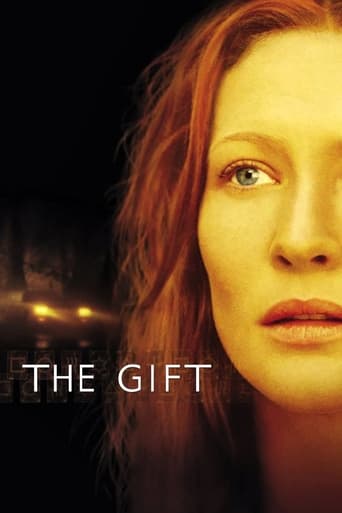
Reviews
The Worst Film Ever
Absolutely brilliant
It is neither dumb nor smart enough to be fun, and spends way too much time with its boring human characters.
Exactly the movie you think it is, but not the movie you want it to be.
In aiming at political seriousness this Tracy/Hepburn vehicle proved to be something of a misfire for all concerned. The story is that old chestnut about the hero who had feet of clay or in this case an American icon killed in an automobile accident who is revealed to be a Fascist. It's got one of the few really bad Katharine Hepburn performances, (admittedly she is saddled with some terrible material), and Tracy isn't much better as the journalist who sets out to write the man's life story, (he get glummer as the picture progresses as if it's just dawned on him what he's let himself in for). Cukor directed and Donald Ogden Stewart did the screenplay but this is no "Philadelphia Story" but a rather turgid drama masquerading as a thriller but one minus the thrills. If you want to be preached at, go to church where even the dullest sermon would be a lot more fun than this.
Katharine Hepburn is "Keeper of the Flame" in this 1942 film starring Spencer Tracy, and directed by George Cukor. A reporter, just back from being in Europe, wants to write about a tremendous hero/statesman, Robert Forest, who has just died in an accident. But his reporter instincts pick up something rotten as he attempts to speak with the widow (Hepburn) and learns things about Forest and the family. He begins to suspect that the great man's death might not have been so accidental.Very dark and intriguing movie, well done, with a crackerjack cast that includes Margaret Wycherly, Forrest Tucker, Stephen McNally, Darryl Hickman, Howard da Silva, and Percy Kilbride. The script, by Donald Ogden Stewart, is perhaps inspired by Charles Lindbergh's story. Done today (as if anything could be kept from the press) it might be JFK.My only problem with this film is the prescribed code ending. Well worth watching - something quite different for Tracy and Hepburn, who usually performed lighter fare when together.
I recently watched "Keeper" on TCM. It was one of two Tracy-Hepburn films I had never seen, and I would rank it as the least successful of their films together. Director George Cukor and cinematographer William Daniels give this movie the full-out Gothic treatment, with obvious allusions to both "Citizen Kane" and "Rebecca." With its dark, "Citizen Kane" lighting, its heavy-handedly sinister atmosphere, its creepy Xanadu/Manderly-like fortress-mansion, its mad mother in the dower house (an interesting variation on "Jane Eyre"), its inexplicably hostile and secretive characters (including Richard Whorf as a worshipful male equivalent of Mrs. Danvers), its bizarrely ambiguous performance by Hepburn (is she mad, evil, a murderess, a faithful grieving widow, part of a cover-up conspiracy, a dupe?), it is certainly something to behold. But lacking any subtlety, it's just not that good. Hepburn's first appearance, dressed in white from head to toe and bearing an enormous bouquet of white flowers--more like a bride or vestal virgin than a grieving widow--as she glides toward an idealized portrait of her dead husband, borders on the camp. Only Tracy's consistently understated performance as the reporter and Percy Kilbride's incongruously comic turn as the skeptical Yankee cab driver withstand this ponderous approach. Hepburn's long final monologue, in which she reveals the truth about her dead husband to Tracy, is awkwardly declamatory and politically vague. I would recommend the movie for Hepburn-Tracy completists; just don't expect a very good film. For the record, to me the top Hepburn-Tracy movies are 1)"Adam's Rib," 2) "Woman of the Year," and 3) "Pat and Mike." The first and last of these were also directed by Cukor, but with a decidedly lighter touch.
The propaganda content is routine for WWII. It is anti-Fascist, but with no new or exciting aspects. For example, the Fascist lackey "Kerndon" meets a routine, unspectacular end right on cue after he learns that Spencer Tracy's character is about to uncover something. In fact, there is a routine-ness to everything here. The strong patriotic message was clearly intended to dominate this film. This is a case of a meticulous director delivering a dominant message, and these factors steamroll over everything else.Katherine Hepburn of course is above-average in her performance, but is overly subdued. Her character has some depth, but as an actress it appears that the director or someone has tamed her natural vibrant acting style. Please don't misinterpret this comment- she is fascinating as always and well cast in the role. I believe that her performance was subordinated to the dominance of the message.Spencer Tracy gives a strong, believable performance. His character, however, is quite one-dimensional and relentless. Thats OK since he is supposed to be a super-patriot which is understandable in a time of war. It might have been seen as inappropriate for Tracy to have added much nuance here. Very fine black-and-white cinematography and first-rate production values. Good supporting performances. Despite these virtues, the film overall is somewhat plodding. It does have mystery, but lacks much that is spontaneous or original. For an exciting WWII espionage film with a similar plot and propaganda message, you can view the highly acclaimed "Foreign Correspondent" (1940). If you contrast the two films you will see the points I am trying to make, far more distinctly than I can write them. You could also view "Watch on the Rhine" (1943) wherein the performers and writing are allowed to shine with equal brightness to the strong propaganda message.
